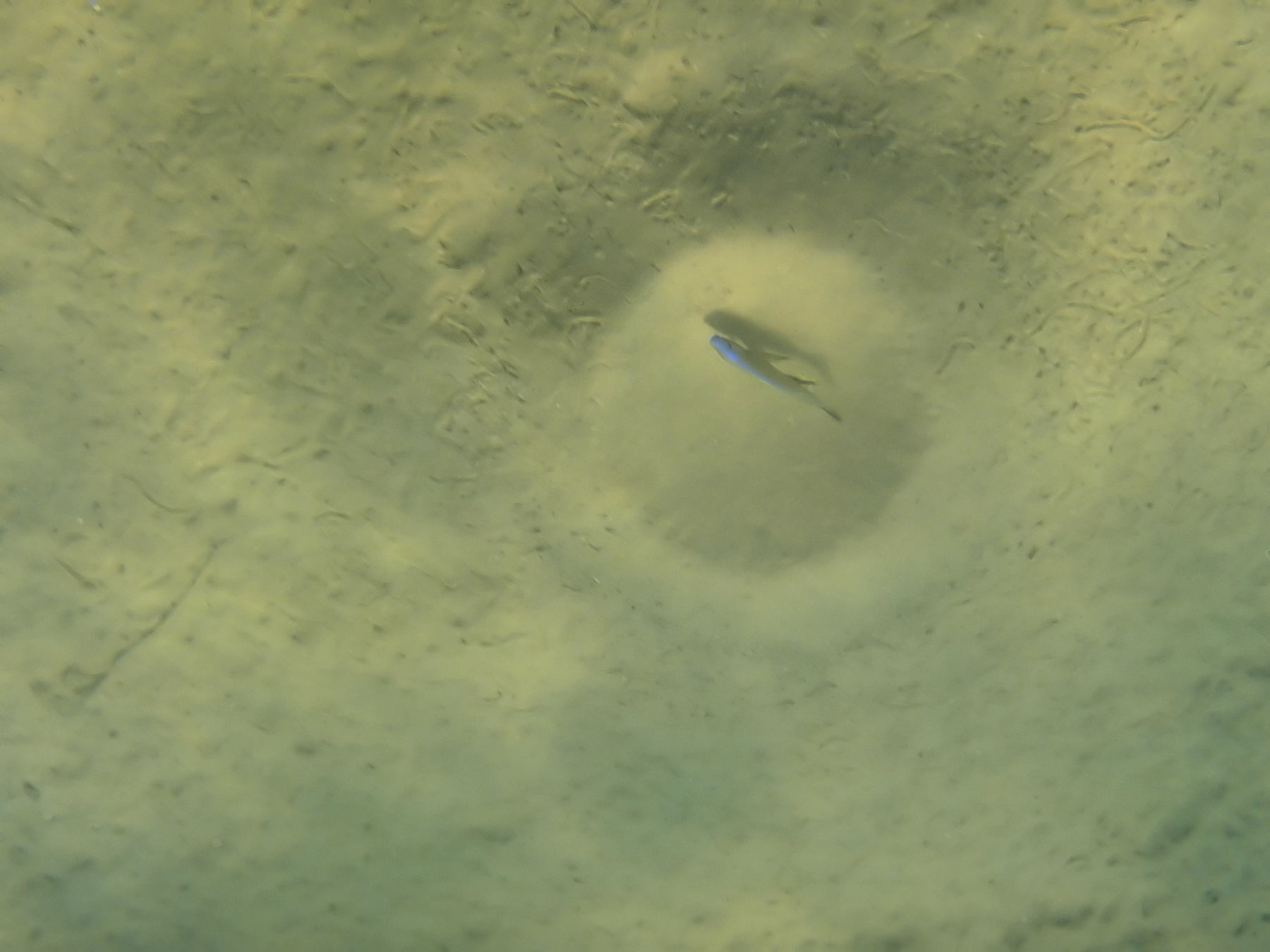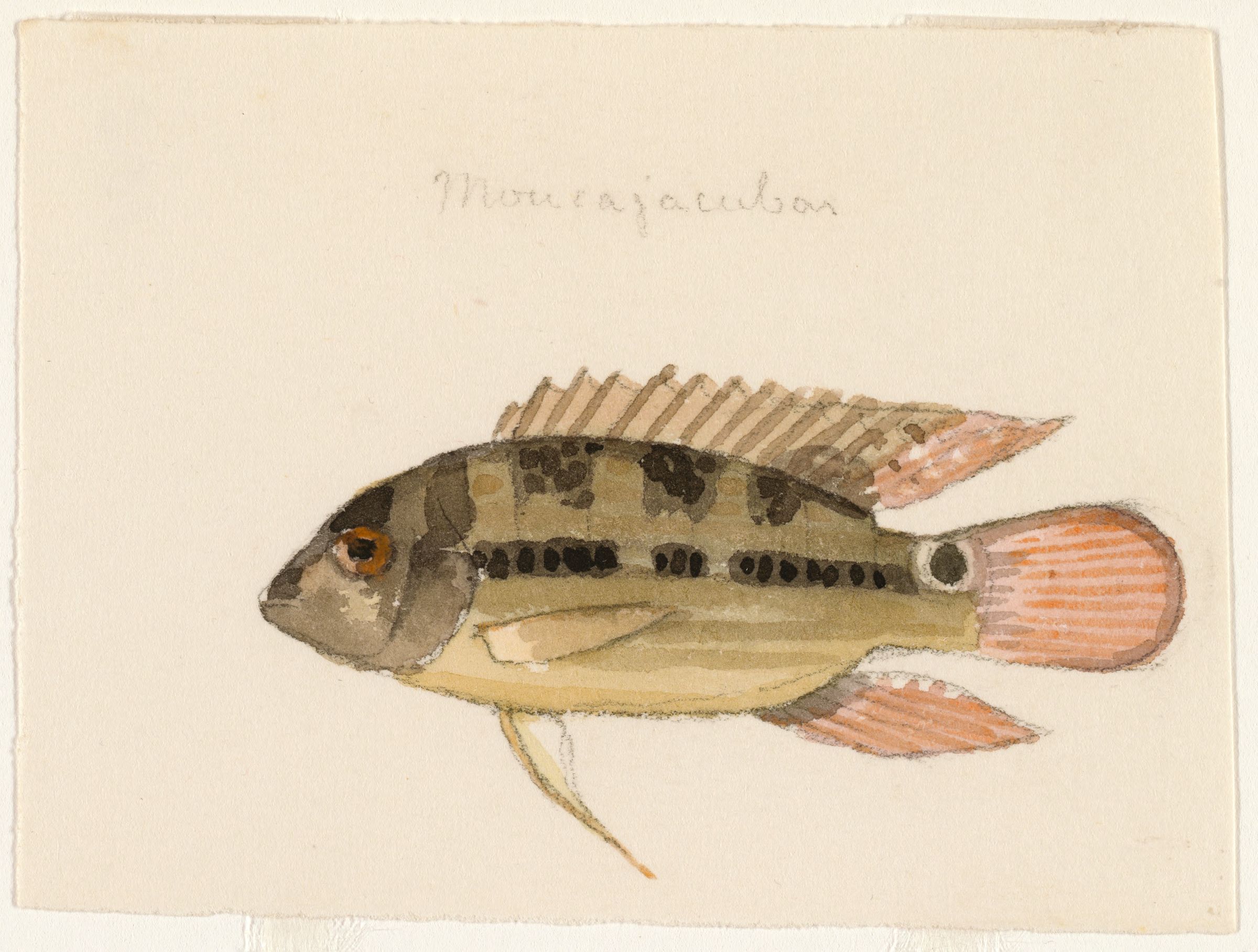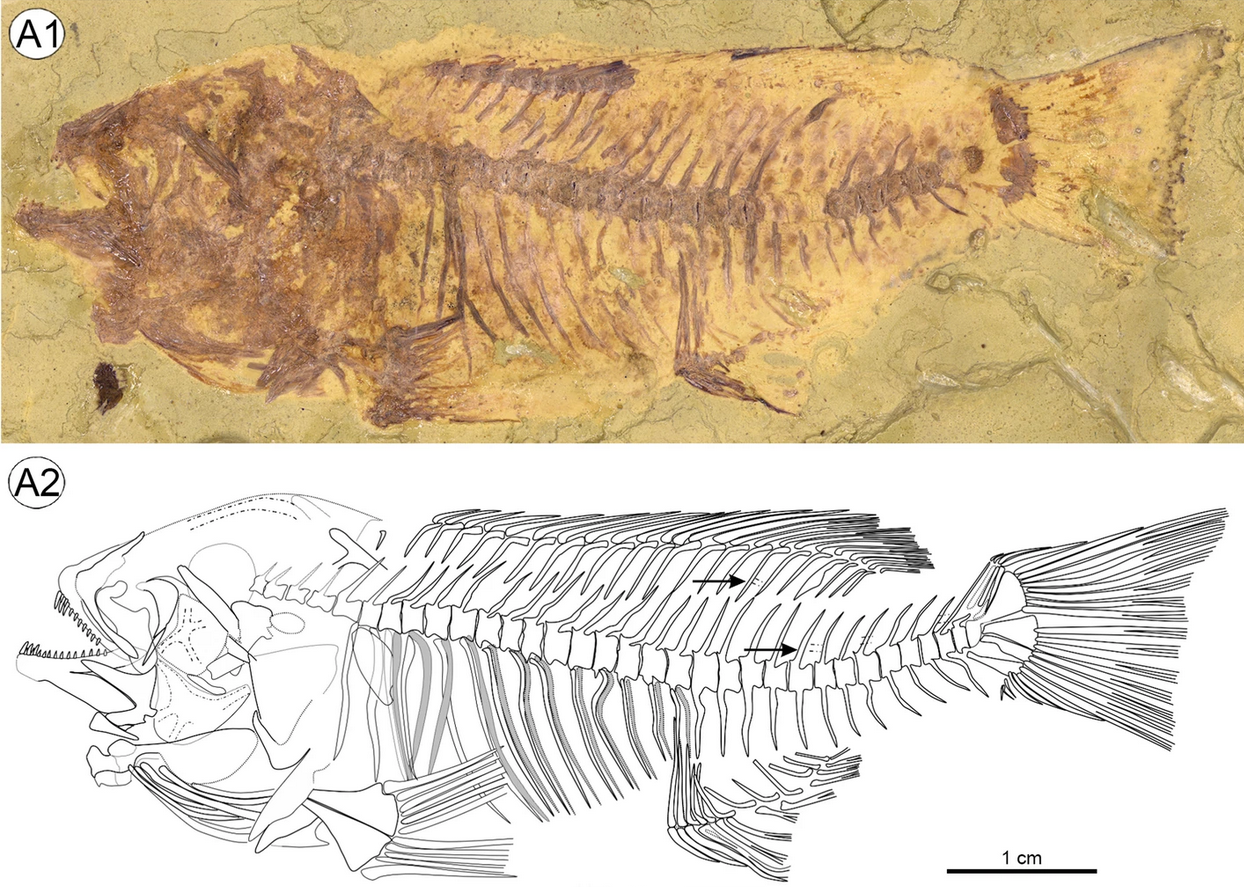|
Sciaenochromis
''Sciaenochromis'' is a genus of haplochromine cichlids endemic to Lake Malawi in East Africa. The species are popular in the aquarium hobby, most notably '' S. fryeri''. Only males possess the impressive, electric blue coloration, while females are dull grey, and generally similar to the females of ''Aulonocara'' species. All ''Sciaenochromis'' are piscivores (fish-eaters) and prey mainly upon the fry of mbuna and other haplochromine cichlids. Species There are currently four recognized species in this genus: In the aquarium Like all cichlids from Lake Malawi, they are best maintained in hard, alkaline water. ''Sciaenochromis'' are best kept in tanks with volumes greater than 210 L (55 gal). This is an aggressive fish, and the minimum tank size of 210 litres is only acceptable with a trio of 1 male and 2 females. When more than one male is kept, experts recommend a minimum tank size of being the minimum. Males can also display aggression towards similarly-coloured fish ... [...More Info...] [...Related Items...] OR: [Wikipedia] [Google] [Baidu] |
Electric Blue Hap
The electric blue hap (''Sciaenochromis ahli'') is a species of cichlid fish endemism, endemic to Lake Malawi. It prefers to live in caves and crevices in rocky substrates. This species can reach a length of fish measurement, TL. It can occasionally be found in the aquarium trade. In the aquarium Although it occasionally appears in the trade, the true electric blue hap (''Sciaenochromis ahli'') is rarely imported for aquaria; most fish sold under that common name belong to the related species ''Sciaenochromis fryeri''. It should be kept in tanks of no less than 150 litres. A semi-aggressive fish, only one male is recommended per tank; however if large numbers are kept in a spacious enough environment, it is possible to keep more than one. Tank mates must be selected carefully. Large numbers prevent a single fish from being the target of aggression. The females are a drab grey in comparison and slightly smaller. They prefer rocky exhibits with coral sand. Breeding As with many ... [...More Info...] [...Related Items...] OR: [Wikipedia] [Google] [Baidu] |
Sciaenochromis Ahli
The electric blue hap (''Sciaenochromis ahli'') is a species of cichlid fish endemic to Lake Malawi. It prefers to live in caves and crevices in rocky substrates. This species can reach a length of TL. It can occasionally be found in the aquarium trade. In the aquarium Although it occasionally appears in the trade, the true electric blue hap (''Sciaenochromis ahli'') is rarely imported for aquaria; most fish sold under that common name belong to the related species ''Sciaenochromis fryeri''. It should be kept in tanks of no less than 150 litres. A semi-aggressive fish, only one male is recommended per tank; however if large numbers are kept in a spacious enough environment, it is possible to keep more than one. Tank mates must be selected carefully. Large numbers prevent a single fish from being the target of aggression. The females are a drab grey in comparison and slightly smaller. They prefer rocky exhibits with coral sand. Breeding As with many other cichlids, the electr ... [...More Info...] [...Related Items...] OR: [Wikipedia] [Google] [Baidu] |
Sciaenochromis
''Sciaenochromis'' is a genus of haplochromine cichlids endemic to Lake Malawi in East Africa. The species are popular in the aquarium hobby, most notably '' S. fryeri''. Only males possess the impressive, electric blue coloration, while females are dull grey, and generally similar to the females of ''Aulonocara'' species. All ''Sciaenochromis'' are piscivores (fish-eaters) and prey mainly upon the fry of mbuna and other haplochromine cichlids. Species There are currently four recognized species in this genus: In the aquarium Like all cichlids from Lake Malawi, they are best maintained in hard, alkaline water. ''Sciaenochromis'' are best kept in tanks with volumes greater than 210 L (55 gal). This is an aggressive fish, and the minimum tank size of 210 litres is only acceptable with a trio of 1 male and 2 females. When more than one male is kept, experts recommend a minimum tank size of being the minimum. Males can also display aggression towards similarly-coloured fish ... [...More Info...] [...Related Items...] OR: [Wikipedia] [Google] [Baidu] |
Sciaenochromis Benthicola
''Sciaenochromis benthicola'' is a species of cichlid endemic to Lake Malawi Lake Malawi, also known as Lake Nyasa in Tanzania and Lago Niassa in Mozambique, () is an African Great Lakes, African Great Lake and the southernmost lake in the East African Rift system, located between Malawi, Mozambique and Tanzania. It is .... It can reach a length of SL. References benthicola Fish of Lake Malawi Fish of Malawi Fish described in 1993 Taxa named by Ad Konings Taxonomy articles created by Polbot {{Pseudocrenilabrinae-stub ... [...More Info...] [...Related Items...] OR: [Wikipedia] [Google] [Baidu] |
Sciaenochromis Fryeri
''Sciaenochromis fryeri'' is a species of cichlid endemic to Lake Malawi where it is found along the rocky coastal areas at depths of . It can reach a length of SL. The specific name honours Geoffrey Fryer (b. 1927) who was Fisheries Research Officer, Joint Fisheries Research Organisation of Northern Rhodesia and Nyasaland Nyasaland () was a British protectorate in Africa that was established in 1907 when the former British Central Africa Protectorate changed its name. Between 1953 and 1963, Nyasaland was part of the Federation of Rhodesia and Nyasaland. After .... References Sciaenochromis Fish of Malawi Taxa named by Ad Konings Fish described in 1993 Taxonomy articles created by Polbot Fish of Lake Malawi {{Pseudocrenilabrinae-stub ... [...More Info...] [...Related Items...] OR: [Wikipedia] [Google] [Baidu] |
Sciaenochromis Psammophilus
The electric blue kande (''Sciaenochromis psammophilus'') is a species of cichlid fish endemic to Lake Malawi Lake Malawi, also known as Lake Nyasa in Tanzania and Lago Niassa in Mozambique, () is an African Great Lakes, African Great Lake and the southernmost lake in the East African Rift system, located between Malawi, Mozambique and Tanzania. It is ... where it prefers waters with a sandy substrate at depths of from . It can reach a length of SL. References Fish of Malawi psammophilus Fish described in 1993 Taxonomy articles created by Polbot Fish of Lake Malawi {{Pseudocrenilabrinae-stub ... [...More Info...] [...Related Items...] OR: [Wikipedia] [Google] [Baidu] |
Haplochromis Ahli
''Haplochromis'' is a ray-finned fish genus in the family Cichlidae. It has been used as the default "wastebin taxon" for Pseudocrenilabrinae cichlids of the East African Rift, and as such became the "largest" fish "genus". Many of these cichlids are popular aquarium fishes; like similar Haplochromini they are known as "haplos", "happies" or "haps" among aquarium enthusiasts. The genus was established by F.M. Hilgendorf in 1888. It was originally conceived as a subgenus of A.C.L.G. Günther's ''"Chromis"'', at that time an even larger "wastebin genus" for Pseudocrenilabrinae cichlids. The type species of Hilgendorf was '' H. obliquidens''. ''"Chromis"'' of Günther turned out to be a junior homonym of G. Cuvier's ocean fish genus ''Chromis'', already established in 1814, and was abolished. As the years went by, other genera of (mostly) Haplochromini were lumped with and split again from ''Haplochromis'', and the final delimitation of the clade around ''H. obliquidens'' is not ... [...More Info...] [...Related Items...] OR: [Wikipedia] [Google] [Baidu] |
Haplochromine
__NOTOC__ The haplochromine cichlids are a tribe of cichlids in subfamily Pseudocrenilabrinae called Haplochromini. This group includes the type genus ''Haplochromis'' plus a number of closely related genera such as '' Aulonocara'', '' Astatotilapia'', and '' Chilotilapia''. They are endemic to eastern, southern and northern Africa, except for '' Astatotilapia flaviijosephi'' in the Middle East. A common name in a scientific context is East African cichlids—while they are not restricted to that region, they are the dominant Cichlidae there. This tribe was extensively studied by Ethelwynn Trewavas, who made major reviews in 1935 and 1989, at the beginning and at the end of her career in ichthyology. Even today, numerous new species are being described each year. The haplochromines were in older times treated as subfamily Haplochrominae, However, the great African radiation of pseudocrenilabrine cichlids is certainly not monophyletic without them, and thus they are today ranked ... [...More Info...] [...Related Items...] OR: [Wikipedia] [Google] [Baidu] |
Cichlid
Cichlids () are a large, diverse, and widespread family of percomorph fish in the family Cichlidae, order Cichliformes. At least 1,760 species have been scientifically described, making it one of the largest vertebrate families, with only the Cyprinidae being more speciose. New species are discovered annually, and many species remain undescribed. The actual number of species is therefore unknown, with estimates varying between 2,000 and 3,000. They are native to the Neotropics, Africa (including Madagascar), the Middle East, and the Indian subcontinent, although some species have been introduced worldwide. Many cichlids, particularly tilapia, are important food fishes, while others, such as the '' Cichla'' species, are valued game fish. The family also includes many popular freshwater aquarium fish kept by hobbyists, including the angelfish, oscars, and discus. Cichlids have the largest number of endangered species among vertebrate families, most in the haplochrom ... [...More Info...] [...Related Items...] OR: [Wikipedia] [Google] [Baidu] |
Cichlids
Cichlids () are a large, diverse, and widespread family of Percomorpha, percomorph fish in the family (biology), family Cichlidae, order Cichliformes. At least 1,760 species have been Binomial nomenclature, scientifically described, making it one of the largest vertebrate families, with only the Cyprinidae being more speciose. New species are discovered annually, and many species remain Undescribed taxon, undescribed. The actual number of species is therefore unknown, with estimates varying between 2,000 and 3,000. They are native to the Neotropics, Africa (including Madagascar), the Middle East, and the Indian subcontinent, although some species have been introduced worldwide. Many cichlids, particularly tilapia, are important food fishes, while others, such as the ''Cichla'' species, are valued game fish. The family also includes many popular freshwater aquarium fish fishkeeping, kept by hobbyists, including the freshwater angelfish, angelfish, Astronotus ocellatus, oscar ... [...More Info...] [...Related Items...] OR: [Wikipedia] [Google] [Baidu] |
Fish Of Lake Malawi
A fish (: fish or fishes) is an aquatic animal, aquatic, Anamniotes, anamniotic, gill-bearing vertebrate animal with swimming fish fin, fins and craniate, a hard skull, but lacking limb (anatomy), limbs with digit (anatomy), digits. Fish can be grouped into the more basal (phylogenetics), basal jawless fish and the more common jawed fish, the latter including all extant taxon, living cartilaginous fish, cartilaginous and bony fish, as well as the extinct placoderms and acanthodians. In a break to the long tradition of grouping all fish into a single Class (biology), class (Pisces), modern phylogenetics views fish as a paraphyletic group. Most fish are ectotherm, cold-blooded, their body temperature varying with the surrounding water, though some large nekton, active swimmers like white shark and tuna can hold a higher core temperature. Many fish can communication in aquatic animals#Acoustic, communicate acoustically with each other, such as during courtship displays. The stud ... [...More Info...] [...Related Items...] OR: [Wikipedia] [Google] [Baidu] |





